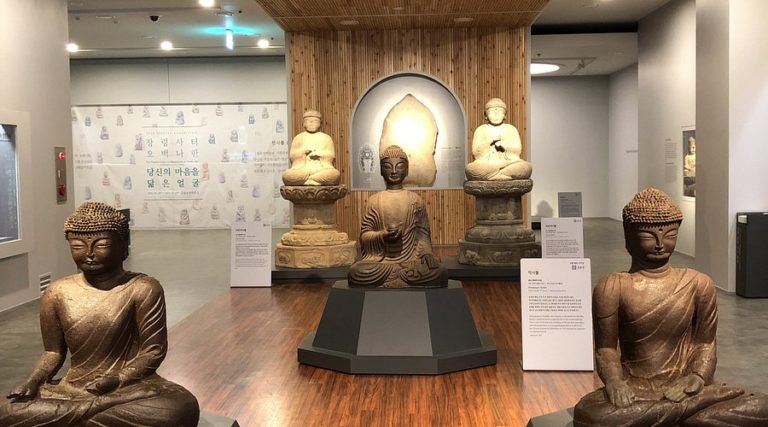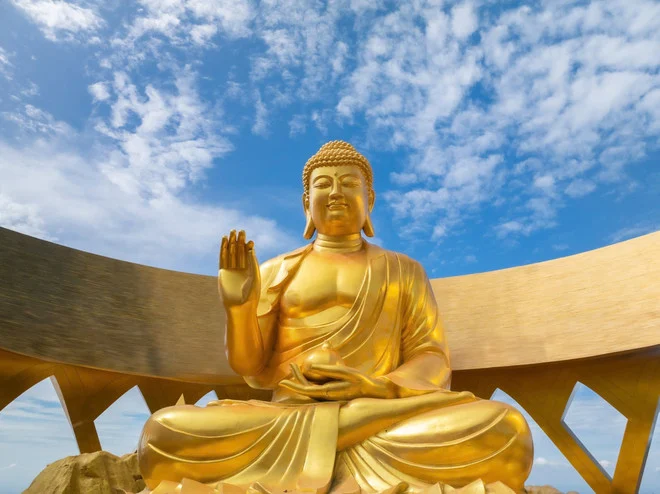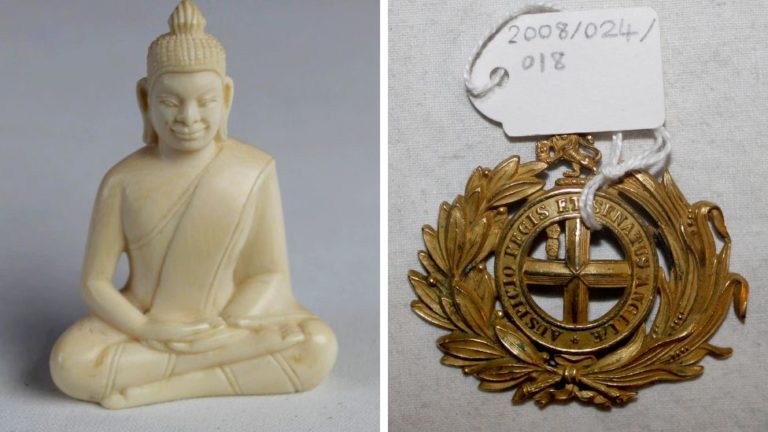
The travelogue of Chinese pilgrim Faxian was the earliest testimony to describe the healthcare system in ancient South Asia. It is close to the description by the earliest Ayurvedic compendium, Charaka Samhita
Ayurveda has become a buzzword in the contemporary setting of medicine in the era of COVID-19. There are many discussions on Ayurvedic approaches towards enjoying a healthy life. However, there is hardly any discussion on the historical landscape of Ayurveda. How do we understand Ayurveda in a historical setting? What are the major textual interventions of the formation of this medical system? In the early 5th century of the Common Era (CE), the Chinese Buddhist monk and translator, Faxian, travelled on foot to South Asia and Southeast Asia. In Pataliputra, modern-day Patna, he saw the city’s astounding beauty and well-managed healthcare infrastructure where senior citizens and children were well taken care of. The city dwellers were affluent, and the business people supported the pharmacy in distributing medicines to the patients.
Furthermore, the city administrators supported every aspect of the patients in hospital.
The travelogue of Faxian was the earliest testimony to describe how healthcare was managed in ancient South Asia. The healthcare setting that the Chinese pilgrim discussed is amply proximate to the description by the earliest Ayurvedic compendium, Charaka Samhita.
Ayurveda is the science of longevity. Ayurveda is a healthcare system based on nature, daily regimen, activities related to the seasons.
It does include a wide range of surgical procedures also. The Ayurvedic compendia describe a broader range of topics from moral and ethical aspects to the pathological, medical and broader medical setting. Ayurveda encompasses all aspects of human healthcare. One of the most important clusters of ideas in the Ayurvedic tradition is that which relates together the humors (dosha), body tissues (dhatu) and waste products (mala). The three-humoral theory is based on the wind (vata), bile (pitta) and phlegm (kapha or shleshman).
This theory seems to be similar to the ancient Greek health theory propounded and enriched by medical philosophers like Hippocrates and Galen and others.
There are three major Ayurvedic compendia in classical Ayurvedic studies.
The Charaka Samhita, Sushruta Samhita and Ashtangahridaya Samhita.
Among them, the Charaka Samhita is the earliest one, dating from the third or second centuries BCE.
The other important treatise of the Ayurvedic medical system is Sushruta Samhita, dating from about 500 CE. One of the prominent scholars of Ayurvedic studies, Meulenbeld, says that the treatise has several historical layers, and the earliest layer might have been composed in the last centuries BCE. This treatise is particularly notable since it systematically talks about surgery in detail. The types of surgical instruments to be used and diseases that require surgery are dealt with in the text in addition to other medical procedures.
This is the earliest text that describes surgery at such length in the world.
One of the earliest dated handwritten manuscripts of this text is preserved in the Kaiser Library in Kathmandu.
The other important treatise is the Ashtangahridaya Samhita. This text was composed by Vagbhata, possibly from Sind, from modern-day Pakistan. This treatise describes concisely the significant issues discussed by the two previous compendia, Charaka and Sushruta. This text is the most famous treatise that is taught in the Ayurvedic colleges of Nepal and India.
There is not much information about the composer of the text. Scholars like Meulenbeld states that Vagbhata is from the early decade of the seventh century CE, a Sind resident and a follower of Buddhism.
Scholars like Dominik Wujastyk mention that the work of Vagbhata in South Asia is like that of Galen and Avicenna in Europe and the Middle East. The wisdom manifest in the treatise has not been surmounted by anyone in Ayurvedic literature.
Other major contributing Ayurvedic treatises are the Madhava Nidana, Kashyapa Samhita and Bhela Samhita, composed before 10th century CE.
They became a milestone in the development of Ayurvedic literature. The Kashyapa Samhita is particularly significant in the treatment of children’s diseases.
This text also discusses demonology. The treatise also deals with questions about how children suffer from demons and how those problems could be overcome.
A fascinating medical event took place in 12th century CE when the broader use of mercury was mentioned in Ayurvedic treatises. Since then, alchemical literature has pervaded in Ayurvedic literature.
Some scholars like Meulenbeld and Prafulla Chandra Ray argue that the extended use of alchemical procedures took a significant presence in South Asian medical tradition by the influence of Arabic-Persian medical tradition. The alchemical literature talks about gold, mercury and other metals in the treatment of patients. Similarly, alchemical literature discusses the methodology of achieving immortality using the elixir. In this same era, Ayurvedic literature introduced pulse testing. Later in the 16th century, pulse tests became widespread in medical literature, a technique still used widely by Ayurvedic physicians today.
Like every medical tradition, Ayurveda also has its limitations. No medical system is perfect, neither the modern nor Ayurveda.
We need an approach that could integrate both Ayurveda and other established medical systems.
Rimal has been researching the history of science in South Asia in Sanskrit




